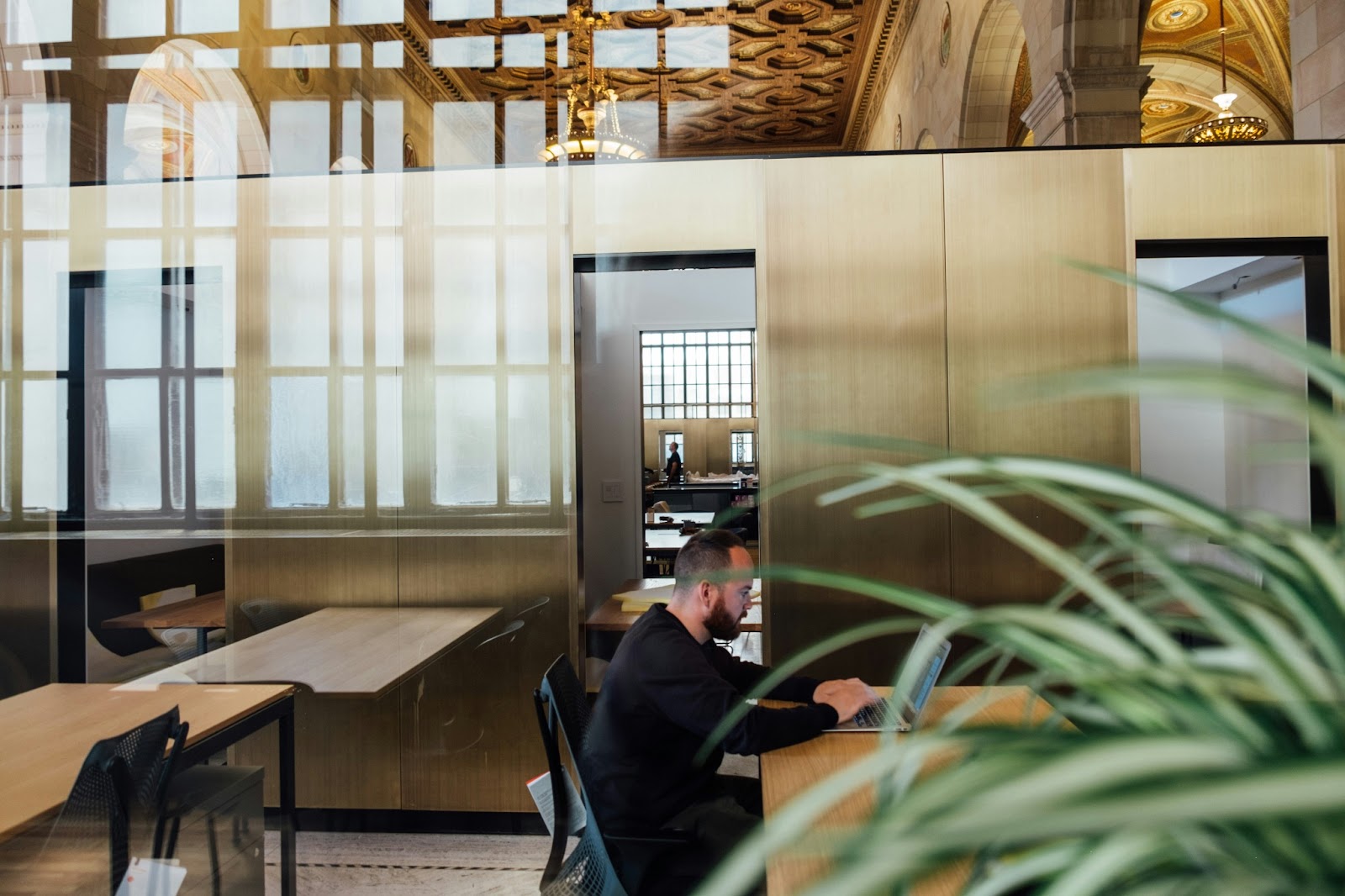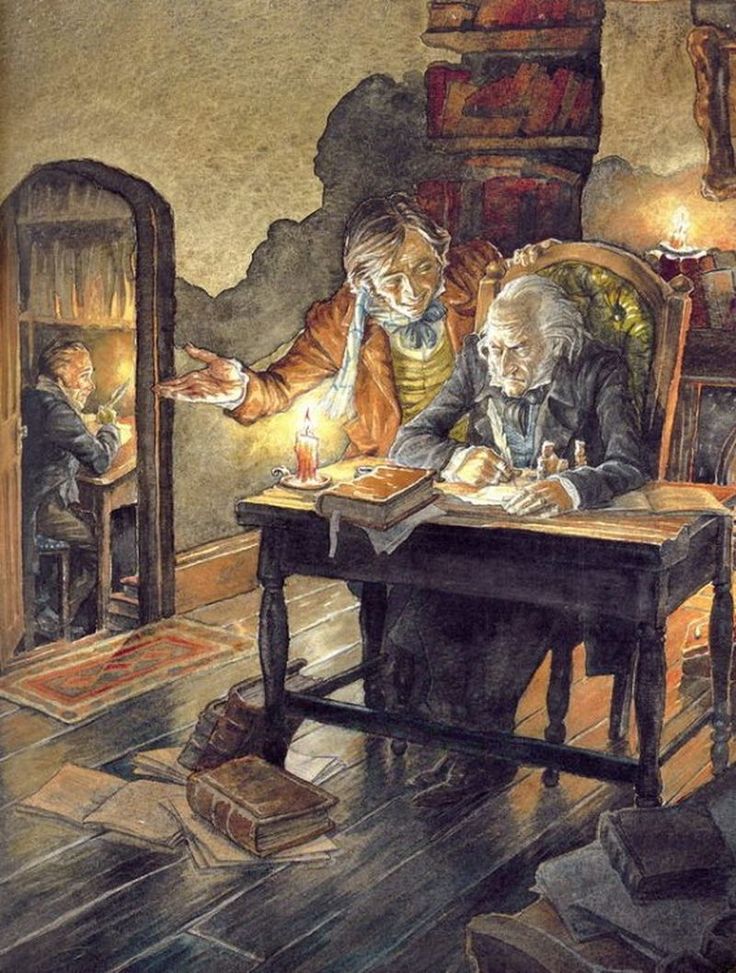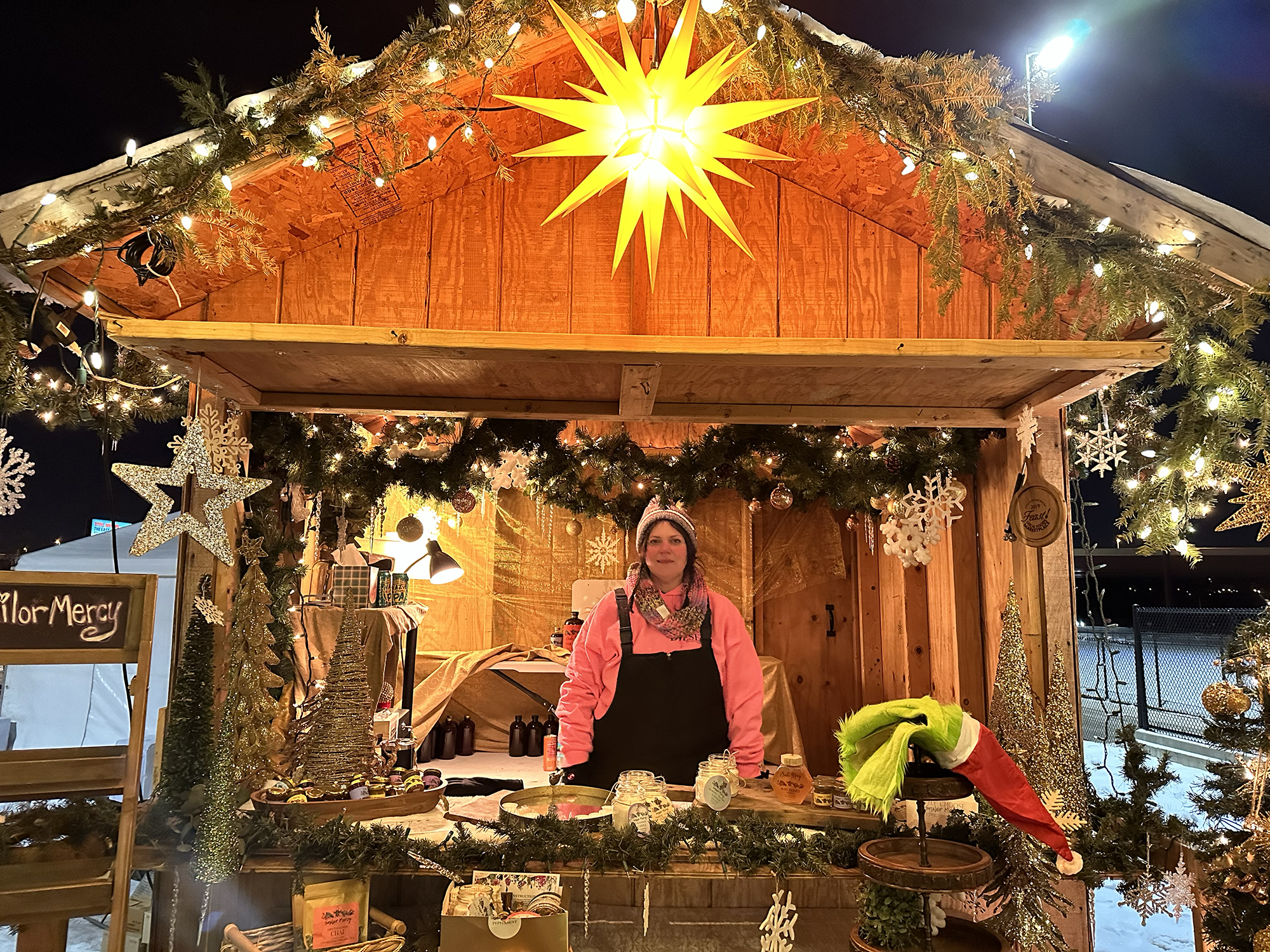Twin Cities Museums Struggle to Stay Afloat Amidst COVID-19

Museum Attendance Plummets
On March 13, 2020, in response to the threat of COVID Governor Walz’ issued an executive stay-at-home order that changed the future preservation of Twin Cities Museums, and with it changed the preservation of Minnesota’s past. The executive order impacted Twin Cities museums with mandating attendance limits, deflating museum income, and ultimately causing an uncertain future for its museums. During the COVID shutdowns, the Twin Cities transitioned to survival mode nearly overnight. In the pursuit of public safety, museums in both Minneapolis and St. Paul were temporarily closed.
For many museums like The Science Museum of Minnesota, the original 12-week closure plans ultimately stretched into five months. The budgets of Twin Cities museums have been swallowed up by the lack of steady funding, resulting in staff members being laid off. Numerous Twin Cities museums have transitioned to online programs that cater to distance learning and help replace the lack of field trips for school age children. Following the reopening of some Twin Cities museums, visitors have been allowed to return while following social distancing guidelines, mask requirements and hand washing protocols. Museums are routinely cleaning their buildings and following Minnesota state mandates as attendees begin to return.
Overnight, the bustling footsteps of Twin Cities museum goers transformed into empty silence. Because many Minneapolis and St. Paul museums remained closed from March until the summer months, museum attendance completely collapsed. With social distancing guidelines in place, museums were required to limit their attendance. Currently, The Science Museum of Minnesota has projected a 50 to 75 percent decrease in museum attendees. Likewise, The Children’s Museum, The Bell Museum and The Bakken Museum visitor capacity has been cut down to a 25 percent maximum.
In an interview with Bob Ingrassia, vice president of external relations at The Children’s Museum, he said, “We’re not even hitting that (25 percent attendance). In the first two months we’ve been open four days a week, and the attendance is about 20 percent of where it was a year ago for the same time period.” For many individuals who visited Twin Cities museums before COVID, they never had to pre-order tickets. Ingrassia spoke how the vast majority of people prior to COVID would just show up, and the museum rarely hit capacity.
Not only have social distancing guidelines limited visitor capacity, but they have also affected the kinds of visitors who come to the museums. For The Bell Museum, many of their daytime attendees included grandparents with their grandchildren, and sometimes nannies. Alongside families, the school-aged children of Minneapolis and St. Paul have been the most affected museum demographic due to school closures. With Twin Cities schools moving online or to hybrid models, field trips to museums have been cancelled for the foreseeable future. After speaking with Principle Teresa Vibar of Ramsey Middle School in St. Paul, it became clear that the lack of field trips will be an ongoing effect of COVID. Vibar said, “Currently right now all field trips are on hold, I anticipate that will be the case even with hybrid.”
Financial Burden of COVID-19 Guidelines
Because most Twin Cities museums rely heavily on visitor traffic for funding, museums have suffered major financial losses from the shutdown and the present loss of attendance. While interviewing Joe Imholte, the vice president of programs and operations at The Bakken Museum, the desperate need for attendee support was brought to light. Imholte spoke about how the individuals of Minnesota can assist Twin Cities museums during this difficult season. He said, “If you’re a person who has ever been a visitor to any museum, to any cultural institution, we need you now. By showing them your support now, you’ll be showing them your support for future generations.”
The significant drop in attendance has led to an ongoing financial burden for many Twin Cities museums. During the pandemic, local museums lost millions of dollars in revenue and program funding. For The Science Museum of Minnesota, COVID caused an especially devastating blow to their organization. In the course of the March shutdowns, The Science Museum of Minnesota was forced to temporarily lay off 87 percent of museum employees. Within the July press report from the museum’s website, The Science Museum of Minnesota shared with the public that they had lost $10 million in revenue during the 129 day closure. Because of the financial impacts of COVID, 158 employees were laid off permanently. For 2021, the museum is already planning an additional $20 million loss in revenue.
For newer museums, the ongoing impact of revenue loss has affected their ability to market themselves to the public. Though The St. Paul Bell Museum has weathered the initial storm of COVID closures, they are still facing years of brand rebuilding ahead. Because the St. Paul location was recently planted in 2018, the struggle of maintaining name recognition and financial support has been ongoing. While speaking with Emma Allen, the director of operations for The Bell Museum, she said, “We are planning on this being a multiple year challenge. We’re really looking at our income and donations and all the different streams that keep us afloat, and we think that’s gonna be tight for the next three years.”
Though a few museums like The Children’s Museum and The Bakken Museum were able to receive aid from the government, many museums are still in need of additional financial support. To compensate for the loss of revenue during the shutdown, Twin Cities museums have a greater financial need than ever before. Ingrassia said, “We’re asking for additional corporate, foundation, and individual support—A donation of money to the museum to help us weather the closure and now the significantly diminished attendance.”
How Museums are Responding to the Change
Many museums have responded to COVID by modifying museum exhibits, and even moving exhibits online. In the past few months, The Minneapolis Institute of the Arts has brought their exhibit “Arts of Asia” into hybrid classrooms and virtual learning environments. The extensive online program is designed for a broad range of grades and features stories, videos, and lessons about Asia from MIA’s collection of Asian art and history. Though online exhibits may only capture a fraction of what a museum has to offer, the programs have allowed museums to be more accessible to the public.
For The Bell Museum, their online programs invite school children and individuals of all ages to experience planetarium shows from a virtual environment. Though navigating and creating distance learning programs for The Bell Museum has been a process, Allen believes that these programs will be beneficial in the future beyond COVID. Allen said, “We’re going to continue the virtual programs. And that’s probably something that makes us more accessible, so that’s something that no matter what happens we’ll continue to do.”
Hybrid learning models have also allowed Twin Cities museums to expand their online resources while still staying grounded in the community. The digital outreach programs at The Bakken Museum have been tailored for educators to keep students engaged whether they are in the classroom or at home. Students from third to 12thgrade can leverage The Bakken museum’s online resources to take part in digital workshops that discuss electricity and science.
Aside from online options, Bakken has still been involved in the community by offering a select amount of limited capacity events that follow COVID state guidelines. Imholte spoke about the positive impact that their limited capacity events have had on students. He said, “Many of them are craving that social interaction that they’re missing from school. And so just having an opportunity to be with other kids or a friend, doing so in a responsible and safe way, to have that kind of informal social interaction with a peer is really valuable.” For many students, the Bakken Museum has provided a unique hands-on experience during COVID that has encouraged them to keep learning.
Uncertainty Going Forward
Despite the efforts to raise money and create new programs, the future of Twin Cities museums has been jeopardized by COVID. With massive financial burdens on the shoulders of the museums, future exhibits will lack funding and manpower. In this static state, museums will be unable to operate at their full potential. But COVID has painted yet another devastating possibility: a future without museums. Although Twin Cities museums have been able to survive the pandemic, many museums across the United States are facing the risk of permanent closure. In July 2020, the American Alliance of Museums released a survey showing that out of 760 United States museums they interviewed, one-third of them were at a significant risk of closure by 2021.
Museums are truly an integral part of St. Paul and Minneapolis communities, but permanent closures would have devastating effects on the individuals of Minnesota. While interviewing Allen from The Bell Museum, we discussed what the Twin Cities would look like if museums had to shut down. Allen said, “I think it would affect quality of life considerably. A lot of people talk about the reasons why they enjoy living in these communities, and museums are really an asset.” The impact of Twin Cities museums extends across the state and across the country. Ingrassia said, “The Twin Cities are known for a very robust and lively cultural scene. Losing some of these organizations or having them permanently reduced in size would be a real loss for the Twin Cities and the entire state.”
At their core, the museums have been the foundations for scientific, historical and cultural preservation in Minnesota. The museums of the Twin Cities have allowed individuals to discover the world around them, and simultaneously rediscover themselves. Michaela Baltasar-Feyen, head of strategic communications and converged media for MIA, expressed why art and culture are important to our modern society. She said, “A lot of people view art as a place of solace, a place of reflections. A place to go to think about things, have important discussions, and express themselves.”
Though our society is technologically advanced, museums still provide means for individuals to learn, grow, and reconnect to the past. These places have not only preserved the story of Minnesota, but they have provided a space for cultures to gather and share the stories of individuals. Further emphasizing the importance of preservation, Imholte said, “We’re a place where people can come and connect. If you’re a history museum, you’re a place where people can come and make sense of the past, connecting the lessons to today. If you’re an art museum, you’re a place you can go and appreciate beauty or be challenged by a piece of artwork. If you’re a science museum you’re a place where you can come and interact with the questions we’re grappling with as a society.”
Preserving Twin Cities museums means finding safe methods to support museums until the restrictions of the pandemic are lifted. Though many local museums have adapted to virtual learning environments, they still need the help of the public in order to keep their organizations alive. While attending museums under the guidelines of social distancing and mask wearing may not be ideal, attendance from the public will ultimately uphold local museums for years to come.
“Just being open doesn’t mean that you’re back and healthy,” Ingrassia said, “we’re open and we’re significantly diminished, and we’re gonna be diminished for the foreseeable future. And we’re not alone.”
Twin City Museums have been hit hard by COVID-19 related restrictions





